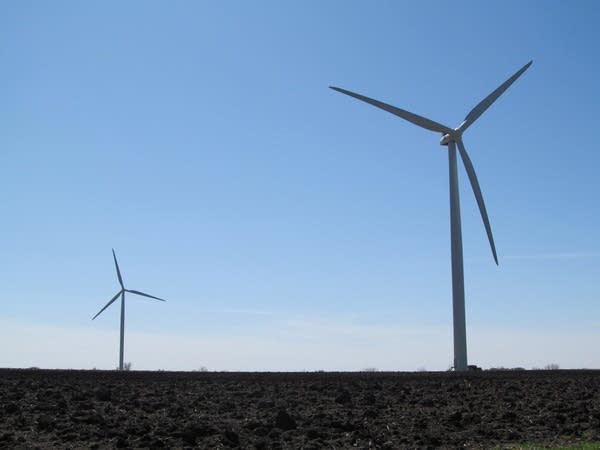Bipartisan meetings, informal conversations seek common ground on Minnesota's energy future

Two wind turbines at the University of Minnesota-Morris.
Conrad Wilson | MPR News 2012
Go Deeper.
Create an account or log in to save stories.
Like this?
Thanks for liking this story! We have added it to a list of your favorite stories.


